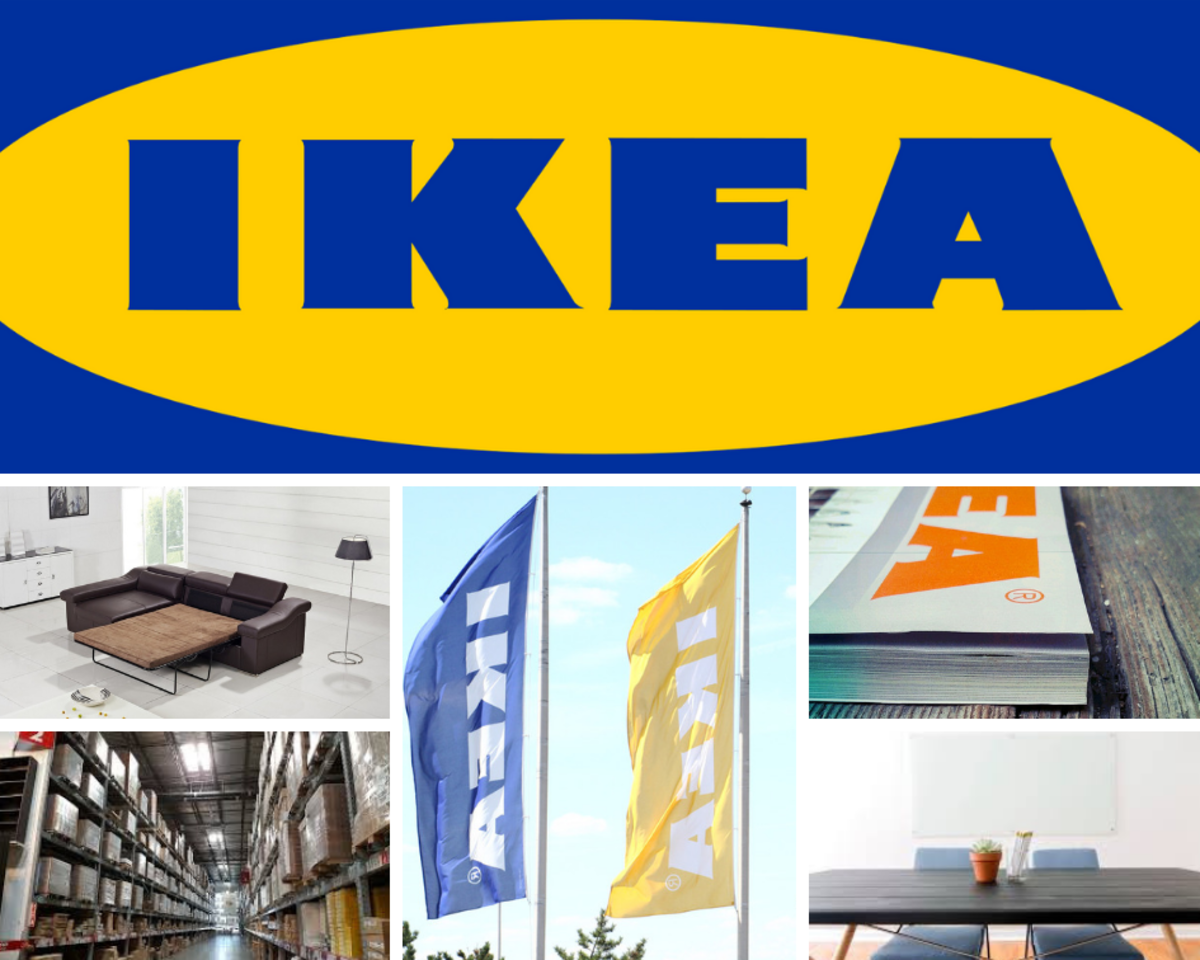6 ways companies can innovate successfully
Does your company find innovation difficult?
If you look at the fortune 500, only 13 of these companies have been around over 150 years. Between 1955 and 2014, 88% of the companies changed - leaving just 61 companies that appeared on both lists.
Some of the biggest companies in the world today are all new entries in the last couple of decades - like Facebook, eBay, Home Depot, Microsoft, Office Depot and Target.
And the trend is increasing. Once a company gets big it’s harder than ever to stay big. Microsoft recently overtaken by Apple. Apple now overtaken by Alphabet, while companies like Kodak who only recently were market leaders in photography are now bust.
Large companies today are desperate for innovation. Partly because it is often in the DNA of how they began, and partly because it’s the only way to stay large. And in a world where it’s increasingly easy go it alone to start your own business, keeping hold of the creative individuals within your company is harder than ever. The founders of companies like Pinterest, Foursquare, Asana, Trello and Twitter all started out their careers in other innovative companies before deciding to forge it alone.
So how can companies innovate to stay ahead of the curve?

Continuously Improve
The first approach most companies take is to try to improve what they’re already doing. Continuous improvement methodologies like LEAN may get partially adopted. The principle involves mapping out your processes and how you do the tasks for which your business depends. Get everyone in the room to think about whether you’ve fully understood the processes - including the most junior of staff - and then try to incrementally iron out the issues.
This works really well in a process driven space like manufacturing. Employees will be desperate to share if you’re asking them to do a job in a way that takes twice the time as it could. It’s less transferrable in to strategic business model development. While it may still lead to some efficiencies, over time the culture will become one of functional delivery rather than creative dynamism. Improving processes by providing challenge, or getting rid of duplication can always lead to some success, but this may not be enough.
Hoover Up Ideas
A slightly more invested approach to innovation is taken by the companies who begin to see that without it the start of a slow decline beckons. Jim Collin’s book ‘How the Mighty Fall’ charts the 5 stages companies go on as they begin to grow. First comes unexpected growth, then hubris borne out of success leads to complacency that eventually means a crisis hits. In response, companies tend to clutch at messiah figures who may or may not succeed in turning the company around.
At this stage suddenly there’s a need for new innovative ideas - right at the highest levels. Companies then often resort to running policy labs; policy hubs or appointing Innovation champions. The principle tends to be that of an ‘idea funnel’ - encourage individuals to scrape up the ideas that might translate in to new innovative ways of doing things. Encourage people to share ideas, give them senior backing and sponsorship, and promise to work on the best ideas.
There are two problems with this. Firstly, no one has any incentive to share new business ideas within the company - they’re paid to do a role, and the creative side can feel like a tangental distraction. Secondly, ideas are ugly babies - they need to grow and be nurtured and developed before they have any value. Those who bring ideas to an idea lab get none of the reward if an idea succeeds but they carry all of the risk of looking stupid in a culture that demands instant success.
Without something more than this an idea funnel can only deliver incremental ‘continuous improvement’ style change.
Allow Creativity to Look Ugly
There’s a tension between sticking to what you know works and creating the headspace to think creatively. Ed Catmull of Pixar notoriety coined the phrase ‘feeding the beast’ and the ‘ugly baby’. Creative innovation involves welcoming ugly babies. When you have a system built on delivery, it takes a conscious effort to create space for it. His book ‘Creativity Inc’ charts the story of how Pixar came to be one of the most innovative companies around and is a fantastic read on fostering an environment for creativity.
Even when companies say they want people to be creative, if everything they’re judged on and their metrics of performance imply that being creative doesn’t matter, then it won’t happen. There’s always a balance to be had - and companies must make the choice about whether they value innovation or not. Are you prepared to encourage your staff to fail and to reward them if they do so? That’s what happens in a science lab.
There’s a reason why artists and creative individuals spend a lot of time walking, sketching and dreaming. What looks like laziness to some may be the frustration of problem solving to them. Because Isaac Newton wasting time sat under a tree, we understand the theory of gravity. Because of Leonardo Da Vinci’s sketches on all sorts of subjects we have scissors, parachutes and a whole load of expertise in engineering - not to mention the Mona Lisa.

Welcome your Innovators
Everyone is creative when they are little children, but our education system tends to educate it out of us. Those few who manage to keep hold of a creative edge need to be championed and nurtured. Give them room to think and tolerate their failure so long as they can show they’re learning. Innovation is hard and can take a while to have directly attributable successes. Don’t vilify failure; champion it as an answer to a question and try something else.
It’s not a coincidence that people who start one innovative company tend to quickly start another. Serial entrepreneurs know how to do it, and every organisation big enough will have a few floating around in their corridors. What is missing is the culture needed for them to succeed.
Find out who they are, give them freedom to think and get to know them. Your business might depend on them.
Create an Innovation Colony
The concept of Entrepreneurship, or housing an innovation colony within an organisation, involves having an internal team working up ideas in parallel to the main business. The have some of the resources of the larger organisation but the directors are accountable in the same way that the rest of the business is. The objectives and ideas will be approved by the board at an early stage - perhaps through a pitching process, but the board commit to funding and supporting the best ones.
The main challenges are around autonomy of focus (who decides whether an idea is too risky or is worth pursuing) and incentivising staff to bring innovative ideas in a culture that tends not to reward risk. The colony also tends to be subjected to financial reporting cycles that demand a return on the investment. Some examples include Skunk works at Lockheed martin which is set up as an internal start-up in this way.
Build a Lean Enterprise
The ‘lean enterprise’ model is another approach. The colony is given even more powers over their destiny - senior buy in allows them to run their own ship because they get and believe in the potential of a single innovative idea and the capability of the team to deliver it. Examples include Google’s innovation division, Google X - who reportedly invested (or made a loss of) $3bn in the last year, and the innovative culture at General Electric – 2013’s 8th most innovative company despite being enormous and founded in 1892.
These are entirely separately funded innovation environments. A business might be making half a million washing machines of each model, but the innovation area is funded to take the risk of developing maybe 1 or 2 units of another one - however they wish. The rest of the business might look across at the wastage that innovation is costing - lowering margins and risking profitability, but when a new innovation is found it can justify the revenue for years to come.









